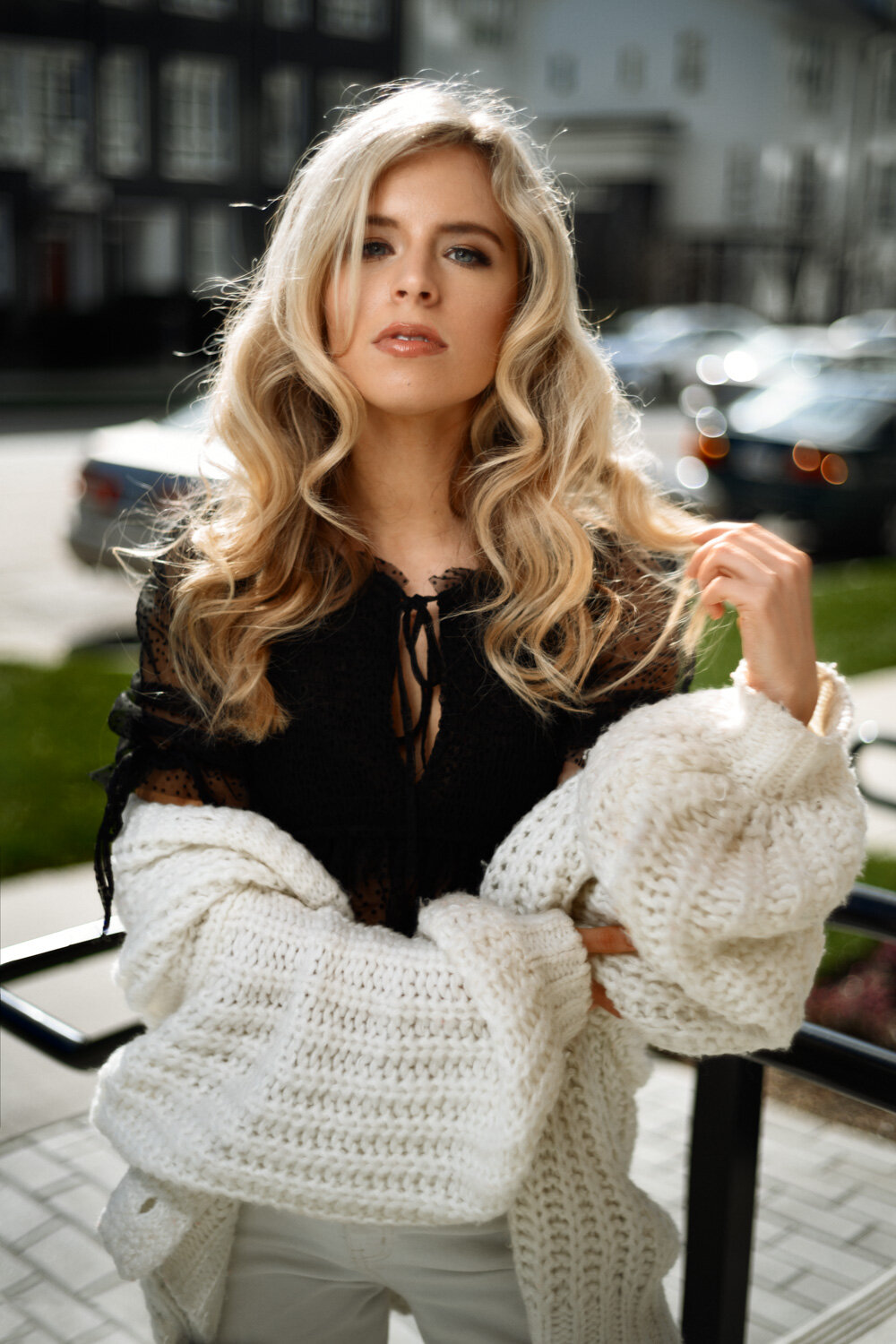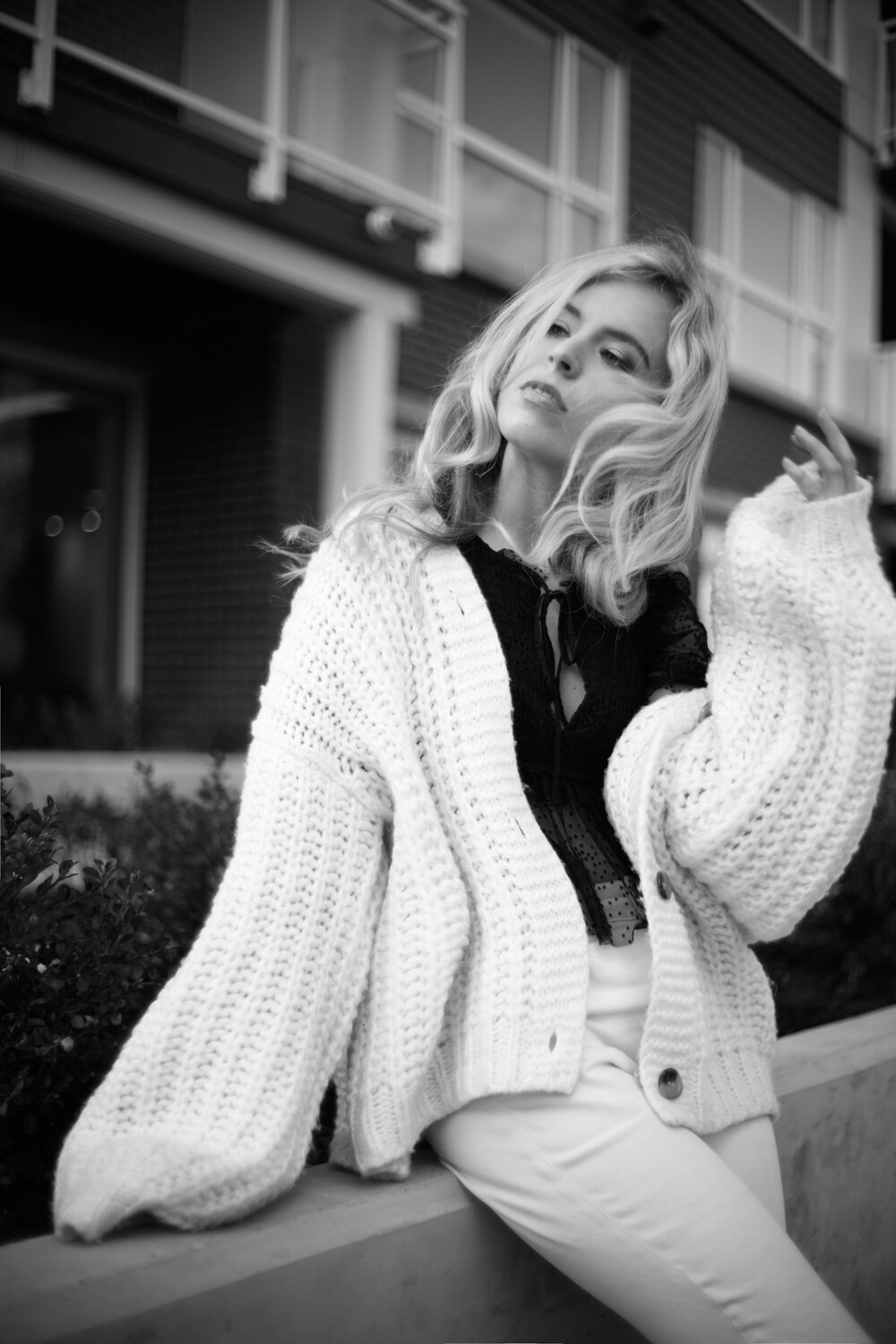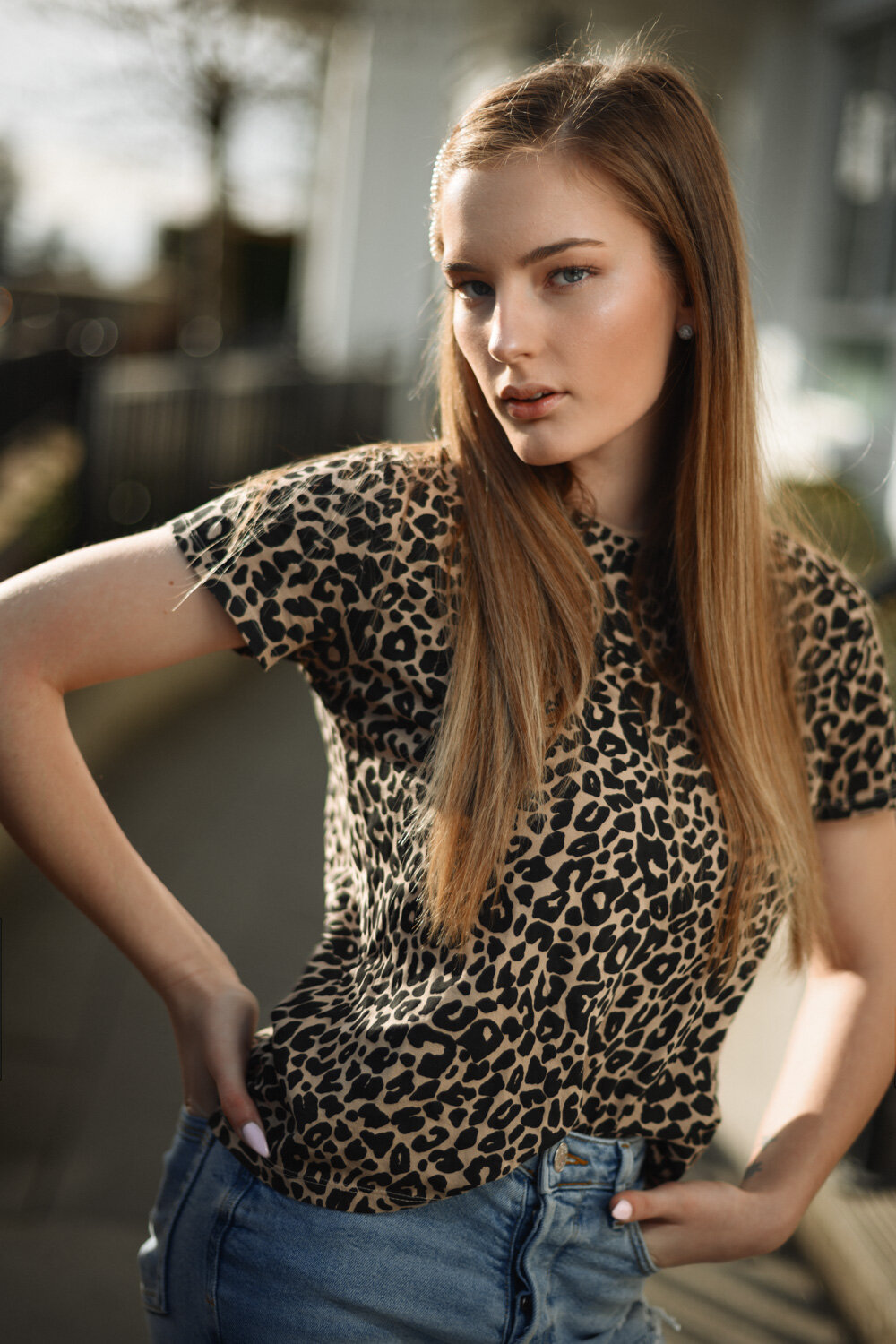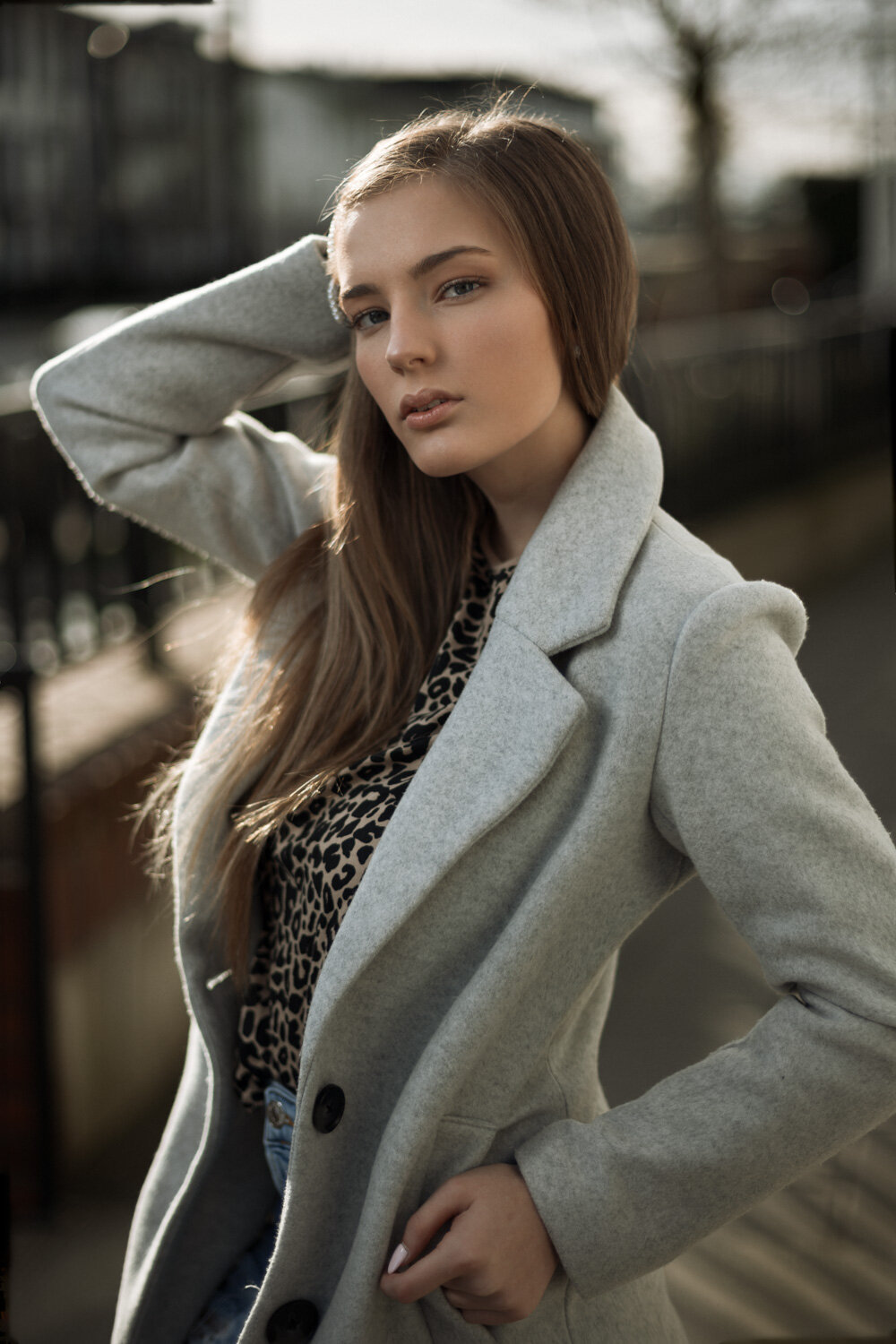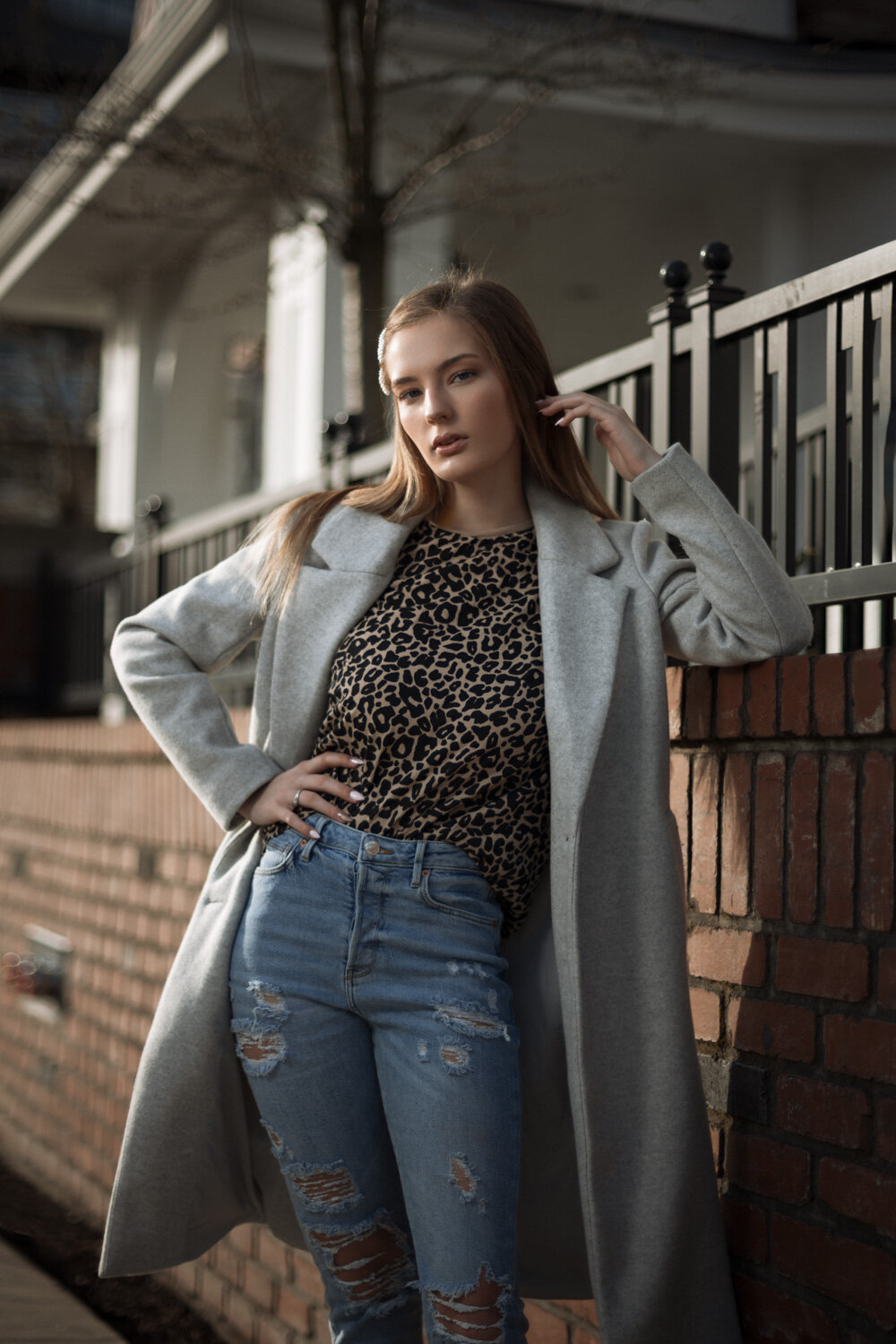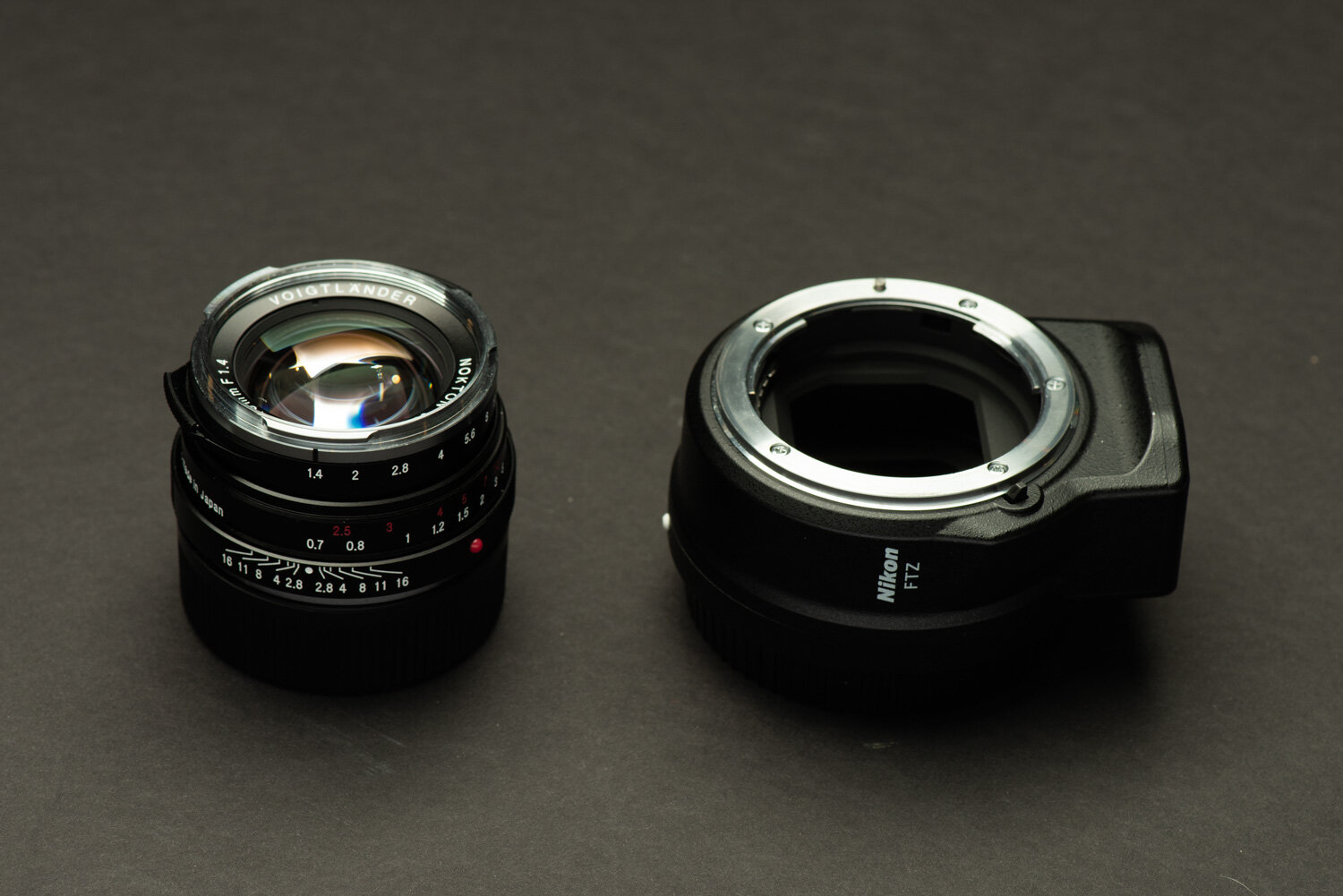Portrait Photography with Manual Lenses
When talking about portrait photography, my first impression with manual focusing lens was not good. That’s when I was still using DSLR. I remember I got lots of shots mis focused. It was frustrating when focusing through the view finder. The focus indicator helps but I found it’s not accurate especially when shooting shallow depth of field. The situation completely changed after I switched to mirrorless. Focusing peaking makes everything so much easier plus there is focusing zoom which allows to you view the focusing point at 100% crop.
You might want to ask: with so many lens that have super fast auto focusing why bother using manual focusing lens?
First, to clarify, when I say manual focusing lens, I’m not talking about those big modern lens like Zeiss Otus or Milvus. I’m talking about Vintage lenses or lens that using classic design. These lenses share some common features like, less glass elements (<9), full metal and small size. Because less glass were used, these lens are much smaller than modern lens giving the same focal length and maximum aperture. People love the smaller camera size of mirrorless cameras. Unfortunately mirrorless lens are not small and most of times they are actually bigger. Compare a Nikon or Canon Mount Sigma art lens with their Sony version and you’ll know what I’m talking about. Manual focusing lens with classic design are much better. They balance with mirrorless body really well. Just one week after I use these lens I can’t even stand the size and weight of a Sigma 35 Art.
Voigtlander 40 F1.4 MC Classic
Manual focusing lens also have longer focusing throw. The focusing ring is nice and smooth. They are absolutely joy to use. Manual aperture ring, full metal and smooth focusing ring mean a totally different way of photography.
I believe most of people will agree with me for what I mentioned above. Now let’s talk about something that is a bit controversial. When compare these classic manual lens with modern lens on paper, they fail on almost every aspect. They are soft, they bad on chromatic aberration, lens distortion, field curvature and corner sharpness. When put them on a tripod, taking test shots of stuff like charts, plastic toys or dollar bill, they look from bad to horrible, unless you stop down 1-2 stops. But something is missing here when we test a lens this way. All these parameters mentioned previously could mean different things for different photographers. One photographer consider certain thing a flaw while someone else treat it as a feature. This one size fits all type of testing is not very good at showing how suitable a lens is for certain type of photography. Sometimes they could even be misleading. This is why it’s very important to testing a lens on real photo shoots. Only you can tell if a lens is good base on the way you shoot. So how’s these manual focusing lens perform on portrait photography? Let’s take a look at some sample photos.
Nikon Z7 + Voigtlander 40 F1.4 MC Classic Leica Mount
Nikon Z7 + Voigtlander 55 F1.4 Nikon F Mount
All above photos are shot wide open at F1.4. Both lens are not as sharp as Sigma Art, especially the Voigtlander 40 F1.4 which is a lot softer. But I love the nice, smooth and slightly dreamy look. Don’t get me wrong, I’m not saying Sigma is bad. Voigtlander and Sigma are just 2 different type of lens that has very different character. Which one I like more? Probably the Voigtlander and here are the reasons.
First, the difference of size and weight is just too much to ignore. Just give you an idea Voigtlander 40 F1.4 is about the same size as the Nikon FTZ adaptor and weights 197g. Sigma 35 Art is 665g.
Second, Although Voigtlander is not as sharp as Sigma Art. It’s reasonably sharp wide open and almost as sharp as Sigma Art when stop down just to F2
Nikon Z7 + Voigtlander 40 F1.4 MC Classic 1/200s F2 ISO 64
Third, the rendering of skin is much nicer on Voigtlander. It render the skin texture really well without showing too much skin blemish. You’ll definitely save yourself time on editing because you don’t have that many problems to fix.
The last one, kind of subjective. After using Voigtlander exclusively for 2 weeks, I did another shoot with Sigma Art. Almost right away I start missing that Voigtlander’s dreamy look. I didn’t miss the sharpness of Sigma Art that much when I was shooting Voigtlander.
Final thoughts
Using manual focusing lens on portrait is a absolutely different type of photography. It’ll be different from the way you shoot to the way you edit. You will spend less on retouching, sometimes way less. You’ll enjoy the small size and much balanced camera. You’ll love smooth and precise control. Mean while, I can see it’s not for everyone. You need the focus peaking and focus zoom to fully enjoy it, otherwise it’s just too much frustration. For certain situation, like sports, auto focusing just makes more sense. Still I highly recommend any portrait photographer to give these classic manual focusing lens a try. Don’t just do some test shots. Use them on a real photo shoot. Hope you’ll enjoy them as much as I do.




